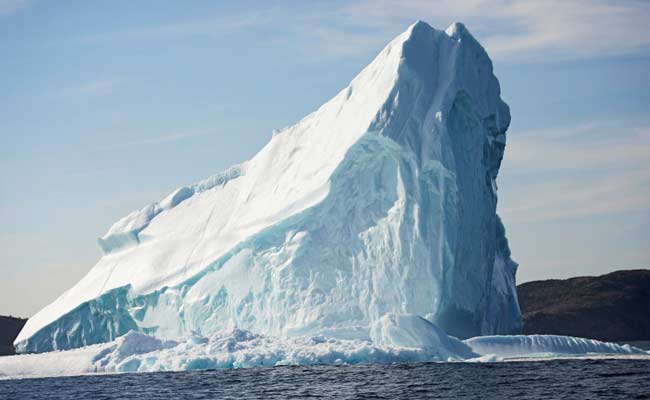Climate change has led to the accelerated melting of glaciers worldwide, posing threats to ecosystems and weather patterns. One significant consequence is the potential collapse of the Gulf Stream, an essential ocean current.
The Gulf Stream: Importance and Function
- Origin: Originating in the Gulf of Mexico, the Gulf Stream is a crucial ocean current.
- Function: It acts as a conveyor belt, transporting heat from the Equator towards the poles and influencing weather patterns in the North Atlantic region.
Potential Consequences of Gulf Stream Collapse
- Temperature Drop: Without the Gulf Stream’s heat transport, average temperatures could significantly drop across North America, parts of Asia, and Europe.
- Disruption of Weather Patterns: The collapse could lead to an increase in storms, severe disruptions in rainfall patterns, and other extreme weather events.
- Rise in Sea Level: Eastern coastlines of North America could experience rising sea levels, akin to scenarios depicted in the movie “The Day After Tomorrow.”
Study Findings and Estimates
- A study published in Nature Communications suggests a potential collapse of the Gulf Stream between 2025 and 2095, with a central estimate around 2050.
- If global carbon emissions remain unchecked, the risk of collapse increases.
- The study utilized sea surface temperature data dating back to 1870 to predict changes in ocean currents, highlighting concerning trends.
Concerns and Implications
- Professor Peter Ditlevsen from the University of Copenhagen expressed significant concern over the potential consequences, emphasizing the magnitude of change if the Gulf Stream were to shut down.
- The Gulf Stream is part of the broader Atlantic Meridional Overturning Circulation (Amoc) system, indicating potential ripple effects across oceanic currents.
Multiple Choice Questions (MCQs):
- What is the primary function of the Gulf Stream?
- A) Transporting icebergs from the North Pole
- B) Regulating climate in the North Atlantic region
- C) Facilitating marine navigation in the Pacific Ocean
- D) Distributing nutrients to underwater ecosystems
- Answer: B) Regulating climate in the North Atlantic region
- What consequences could arise from the collapse of the Gulf Stream?
- A) Decrease in sea levels worldwide
- B) Reduction in global temperatures
- C) Increase in extreme weather events
- D) Expansion of polar ice caps
- Answer: C) Increase in extreme weather events
- When does the study suggest the Gulf Stream could potentially collapse?
- A) Between 2050 and 2100
- B) Around 2025
- C) After 2200
- D) Before 2020
- Answer: B) Around 2025
- What was used as a proxy to analyze changes in ocean currents in the study?
- A) Satellite images of icebergs
- B) Temperature data from underwater sensors
- C) Sea surface temperature data since 1870
- D) Historical records of maritime routes
- Answer: C) Sea surface temperature data since 1870
- What broader oceanic system does the Gulf Stream belong to?
- A) Pacific Ocean Current Network (POCN)
- B) Indian Ocean Gyre (IOG)
- C) Atlantic Meridional Overturning Circulation (Amoc)
- D) Southern Ocean Conveyor (SOC)
- Answer: C) Atlantic Meridional Overturning Circulation (Amoc)
